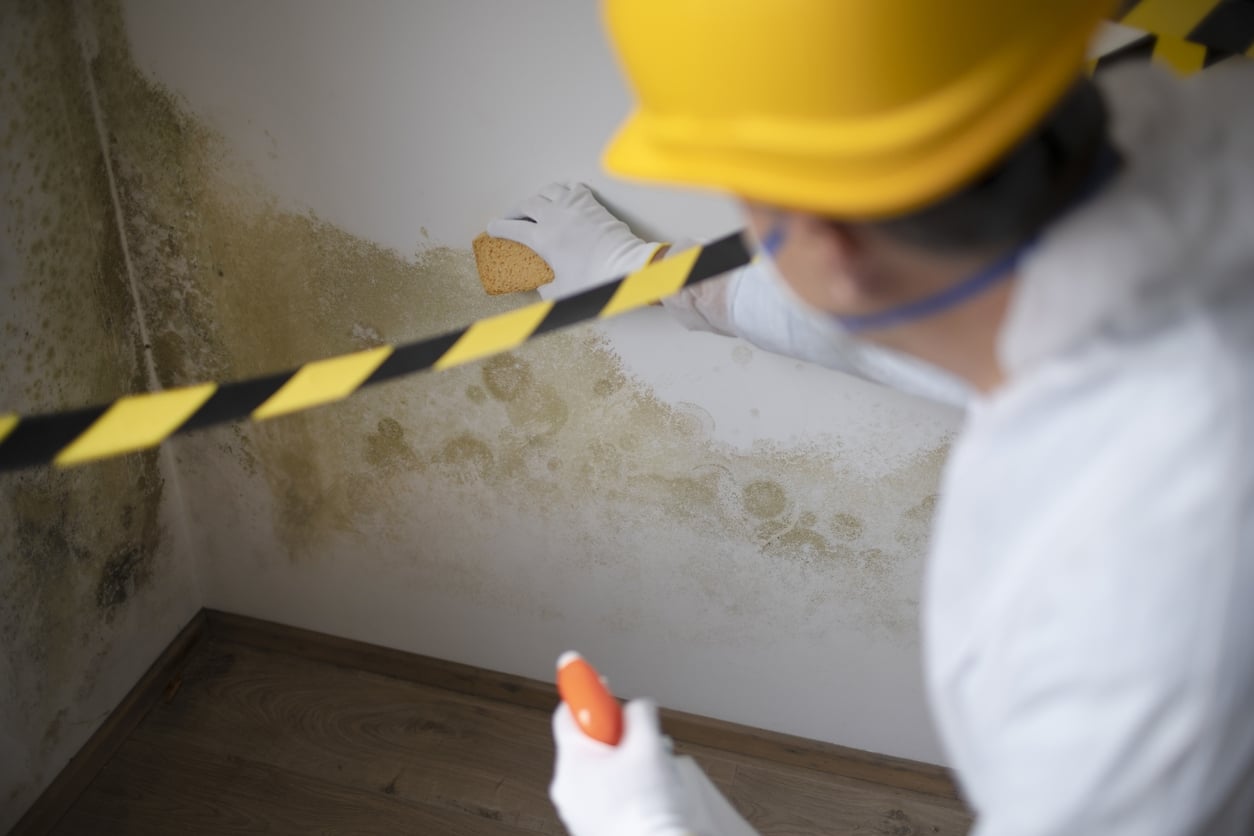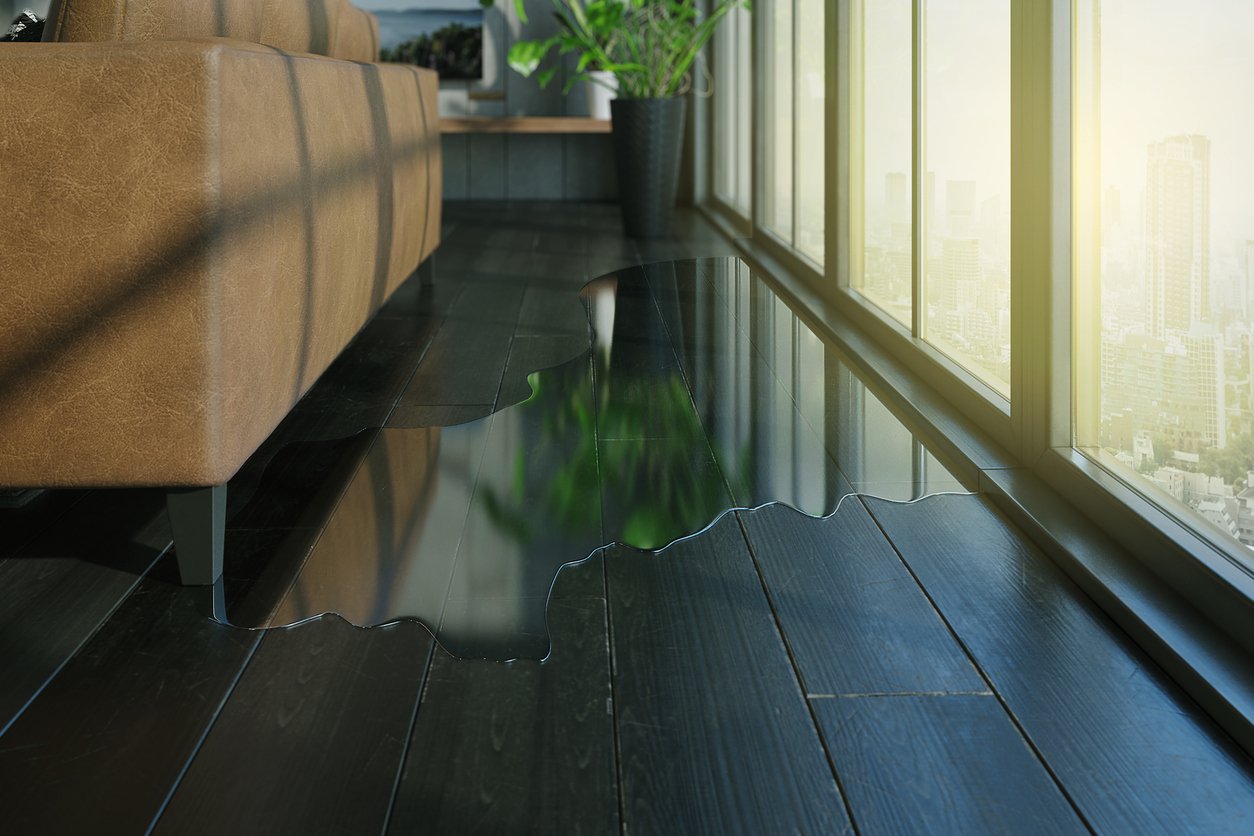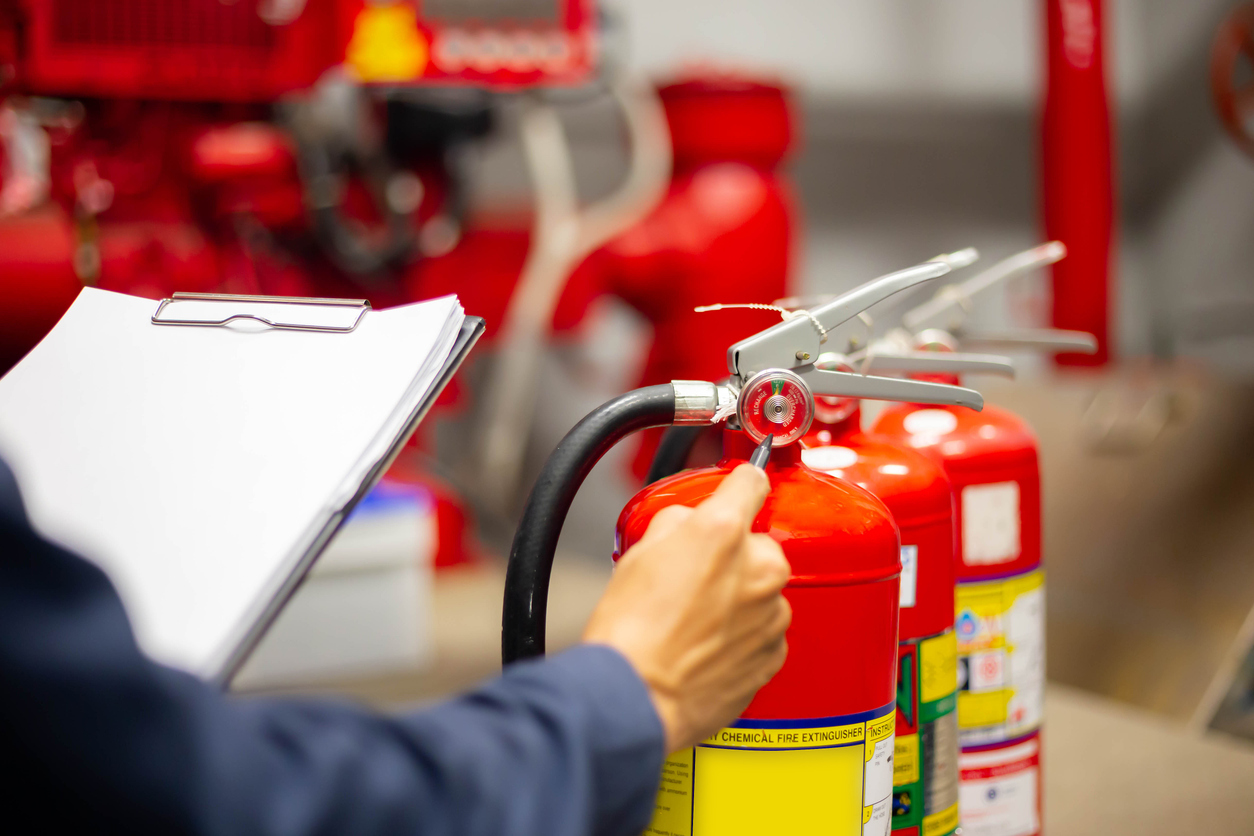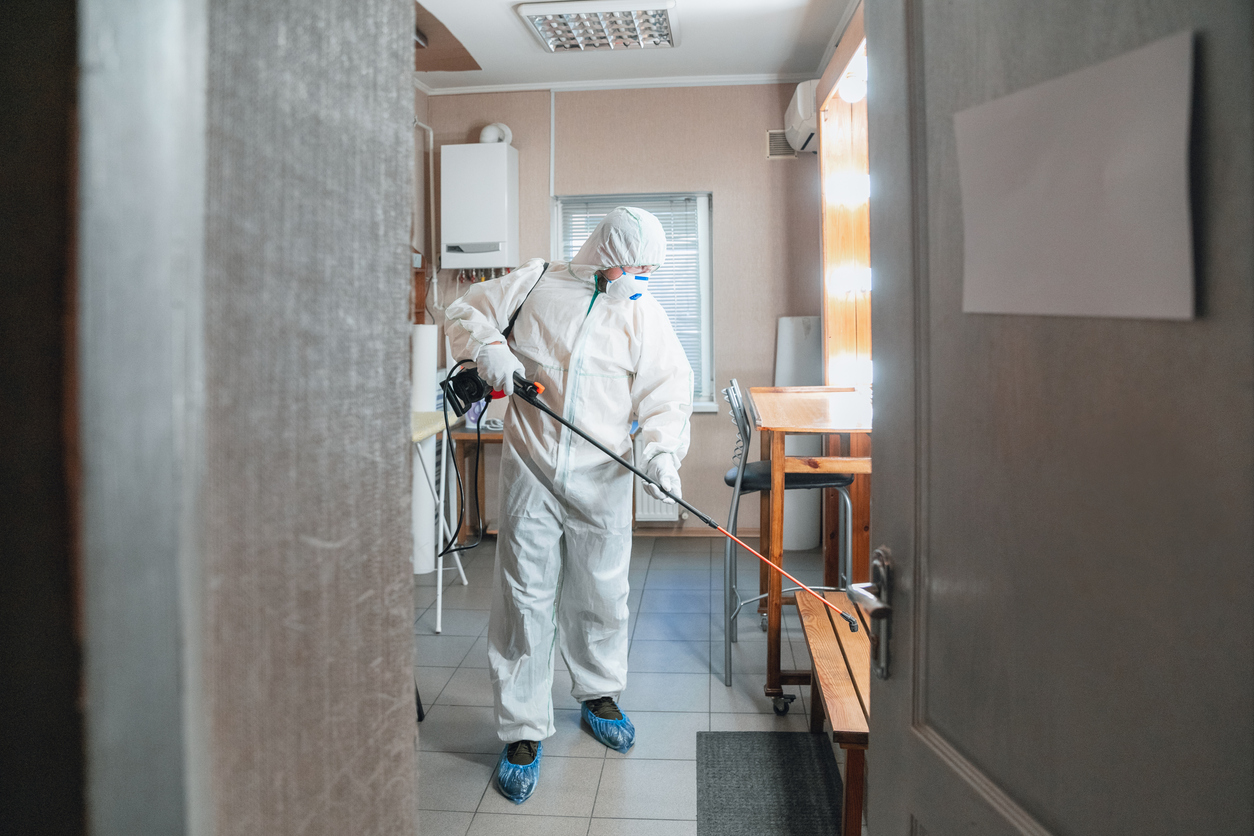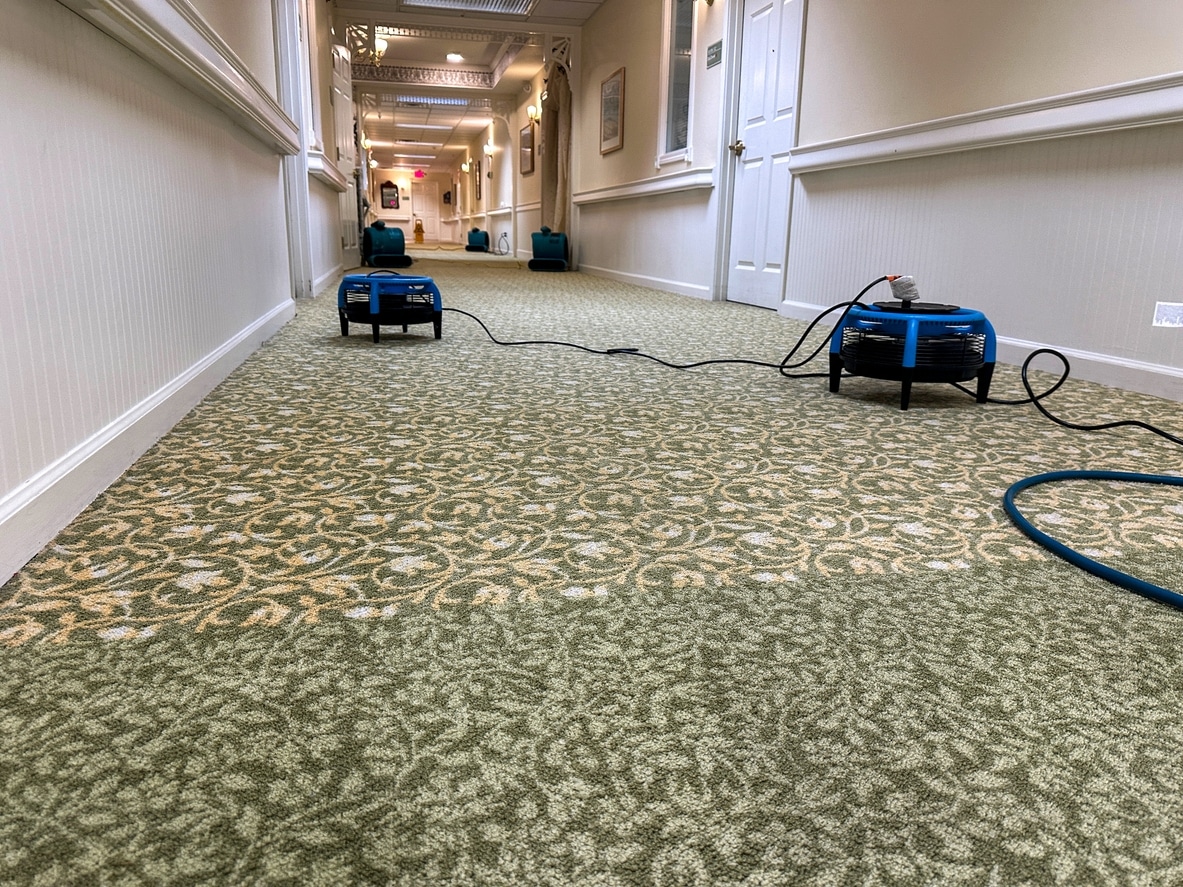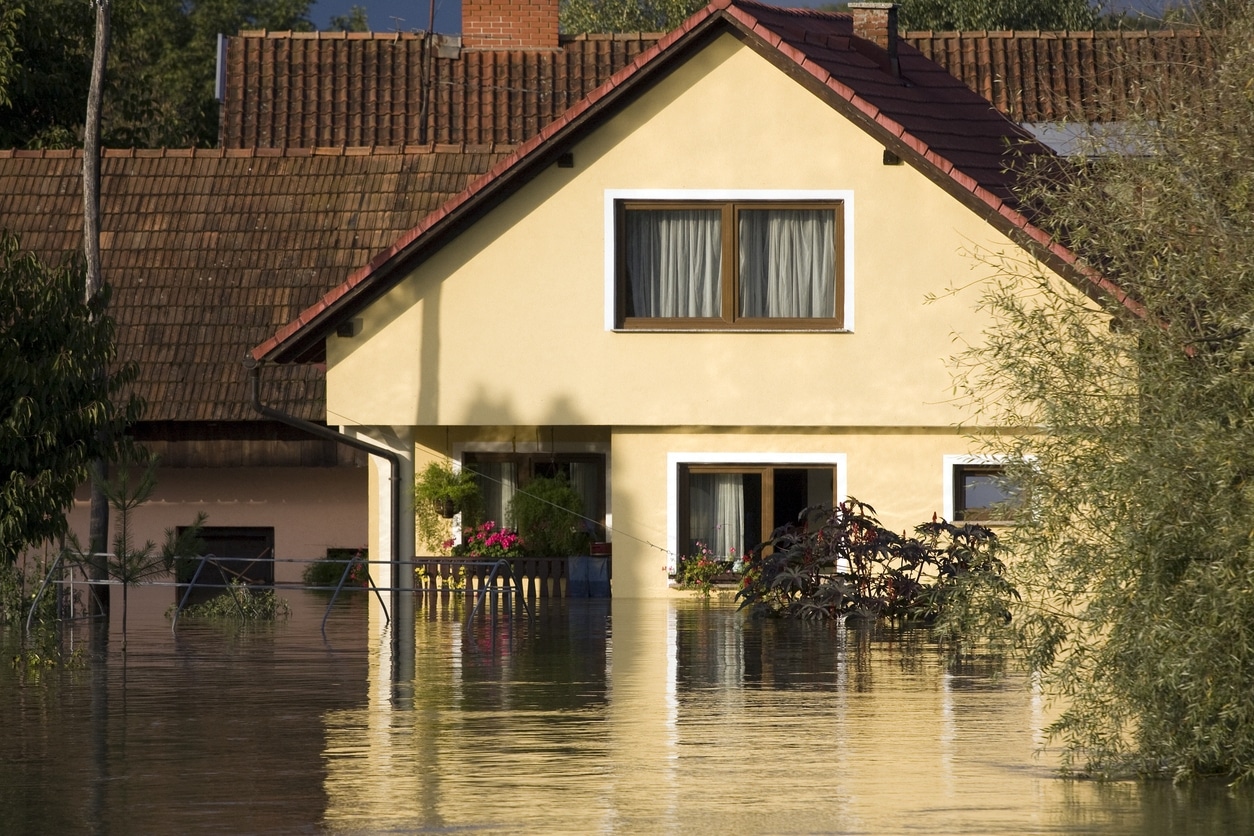From floods and storms to a recent fire, mold will take any opportunity to invade your property. Once there, mold clings stubbornly behind walls, under floors, or in ceilings, requiring professional mold remediation before you can get back to life as you know it.
So, how can you detect mold in your home or business? In this case, as in many others, the nose knows.
Detecting Mold With Your Nose – An Advanced Structural Drying Technologies Guide for Tennessee
Advanced Structural Drying Technologies uses leading-edge thermal imaging technology to look for water damage inside your property. Water damage causes cold spots, which our infrared cameras detect. This allows us to avoid destructive testing while empowering us to correct leaky pipes before the situation worsens.
That said, when it comes to detecting mold, the search begins with a simpler bit of equipment—your nose.
The Power Of The Human Nose
Sadly for us, the human nose is woeful compared to the sniffing power of our pets. Dogs have 100 million to 300 million scent receptors, while humans only have 400. At that rate, a dog’s sense of smell is over 750,000 times more powerful than ours. Even so, we can still distinguish between as many as 1 trillion different odors.
Despite our best efforts, we don’t know how many species of mold exist, but estimates place the number at around 120,000 different types. With such a proliferation, identifying mold by smell can be tricky.
What Does Mold Smell Like?
To give you the best chance at detecting mold with your nose alone, let’s explore what mold odors resemble. Mold is often described as “musty” or “damp,” but what does that actually mean?
Here are some similar aromas to common types of mold found in Tennessee homes or businesses:
- Old socks
- Body sweat
- Moldering wood
- Rich soil
- Stinky cheese
- Rotting food
- Wet dogs
- Decaying leaves
You might expect body sweat in a locker room or the aroma of rich soil in your garden, but if you smell it in your bedroom, hallway, office, or multi-family property, it’s time to call the pros.
Is Mold Dangerous?
How much mold are you comfortable within your family home, place of employment, or apartment building? Everyone agrees that the ideal mold amount is “none at all.”
Most of us understand that mold poses a serious health risk to those with respiratory sensitivities like allergies and asthma. But it can be just as dangerous for completely healthy adults, too.
Of the 120,000+ species of mold, most fall into one of three categories.
Allergenic Mold
This mold category is home to common mildew and one of nature’s best medicines, penicillium—the fungus from which we derive penicillin. Don’t let the harmless-seeming nature of these molds fool you, however. The operative word here is “allergenic,” meaning that these molds can produce strong reactions in homes or businesses.
Especially dangerous for those with allergies and asthma, allergenic molds can also cause reactions in healthy adults. The bottom line is this: the presence of allergenic mold makes daily life and work that much more uncomfortable and dangerous.
Pathogenic Mold
This mold category features several infamous fungal examples, including candida and cryptococcus. Molds of this kind are called “pathogenic” because they cause disease in otherwise healthy adults and children. Those with weakened immune systems may be at special risk.
Pathogenic molds can lead to serious illnesses, including meningitis, histoplasmosis, pulmonary infections, and even cancer. For the utmost safety of all involved, immediate mold testing and remediation are recommended.
Toxigenic Mold
In this category, black mold (Stachybotrys chartarum) is king. Toxigenic molds are so named because they can contribute to inhaled toxic responses. Especially common after flood damage, toxigenic mold does not distinguish between healthy and immunocompromised adults. This category of fungal growth is dangerous regardless of your average health.
Black mold alone can cause many harmful symptoms, including memory loss, diarrhea, and severe lung damage—to name a few. Black mold can even lead to hospitalization for those with existing respiratory issues or chronic ailments.
Who Pays for Mold Remediation?
The cost of mold remediation may be covered by several different parties depending on the cause of mold damage. Sometimes, damages from a severe storm or recent flood may be covered under your homeowner’s insurance policy. Naturally, this depends on your policy’s details, so it’s best to check with your provider.
Our experts can help you determine the best next steps during the mold remediation process. From collaborating with your insurance adjuster to scheduling third-party lab testing, Advanced Structural Drying Technologies will walk you through the process from start to finish.
Don’t Guess About Mold, Call the Mold Remediation Pros
As Tennessee’s leading water damage restoration company, Advanced Structural Drying Technologies is no stranger to mold. We’ve seen just about every variety and know how to treat each quickly, comprehensively, and safely.
The latest mold licensing standards for the greatest efficacy guide our expert mold remediation process. We also offer powerful disinfection services for the ultimate peace of mind in your home or business. The hunt for mold may start with your nose but end with a call to Advanced Structural Drying Technologies. Put us on the case today and know your property is mold-free.

